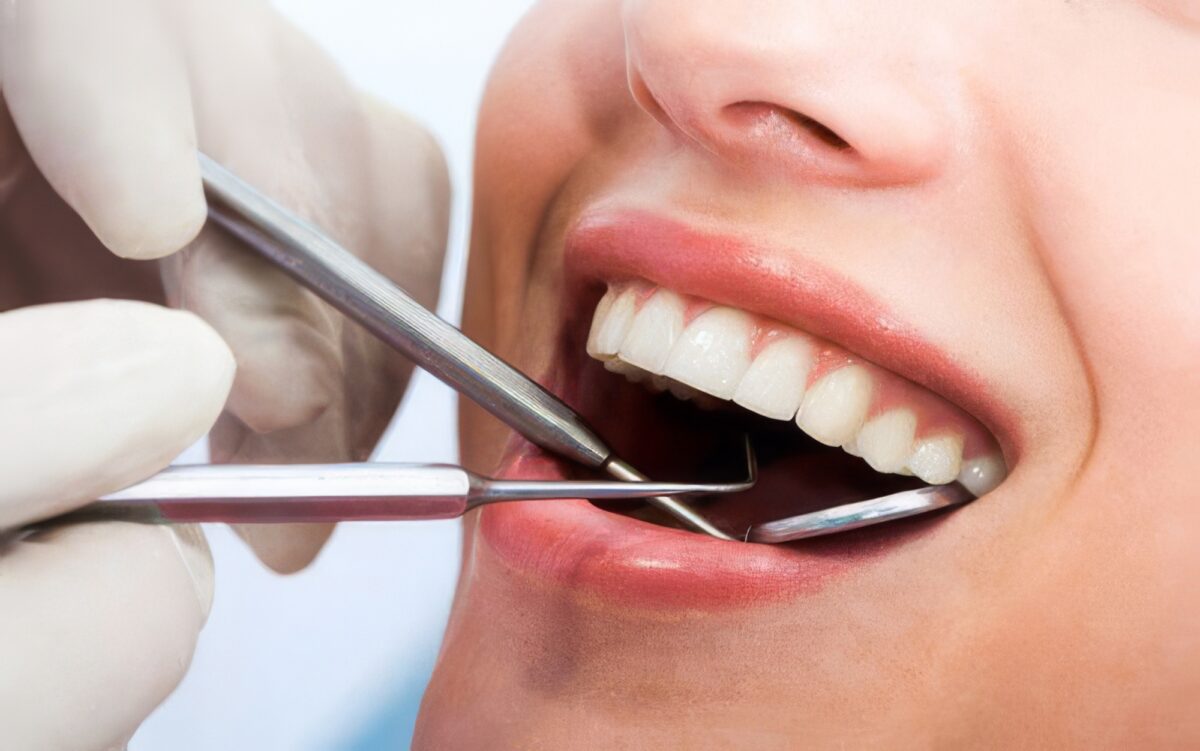Extractions

There are a number of reasons why you might need to have a tooth extracted. Some teeth are extracted because they are severely decayed; others may have advanced periodontal disease, or have broken in a way that cannot be repaired. Other teeth may need removal because they are poorly positioned in the mouth (such as impacted teeth), or in preparation for orthodontic treatment.
At the time of extraction the dentist will need to numb your tooth, jawbone and gums that surround the area with a local anaesthetic.
During the extraction process you may feel some pressure and this is from the process of firmly rocking the tooth in order to widen the socket for removal.
As a result of the anaesthetic you shouldn’t feel any pain at all so if you do feel the slightest twinge let us know straight away.
Advice After Extractions
- Avoid cycling or excessive exercise for several hours. Ideally rest by sitting in a chair and use an extra pillow for the first night.
- Do not drink anything alcoholic for the first 24 hours and avoid smoking.
- Take any pain-killing tablets as advised by your dentist. Follow any instructions regarding dosage carefully.
- After twelve hours rinse your mouth gently with a warm salt solution (level teaspoon of salt to a cup of water) and continue after meals and before bed for seven days, or as advised by your dentist.
- You may feel the sharp edge of a socket with your tongue and occasionally small fragments of bone may work their way out. This is normal.
- Try not to disturb the socket with your tongue, by eating food on that side, or by vigorous rinsing. This will delay the healing process.
If excessive bleeding occurs…
- Use some clean linen or gauze about 1½” (4cm) wide to make a roll of 1″ (2.5cm) thick, thus forming a firm pad, or use a clean handkerchief. Make a few such pads if necessary.
- Keep sitting up and clear the mouth of loose blood clots with a clean linen square or tissue so that you can find where the socket is bleeding. This is important.
- Place the pad across the bleeding socket from the tongue to the cheek side. If the socket is between two standing teeth construct the pad to fit.
- Bite firmly to compress the pad on the bleeding socket for 10-15 minutes. Avoid lying down.
- Inspect the socket and replace the pad, or use another one, if bleeding still appears from the socket.
- If your efforts are unsuccessful after an hour or two contact your dentist.
Note:
- It is not unusual to experience swelling or discomfort for a few days. However, if pain, swelling, or bleeding persists, contact your dentist.
- But remember, if excessive bleeding does occur it is important to avoid exercise, drinking alcohol, or disturbing the socket.


